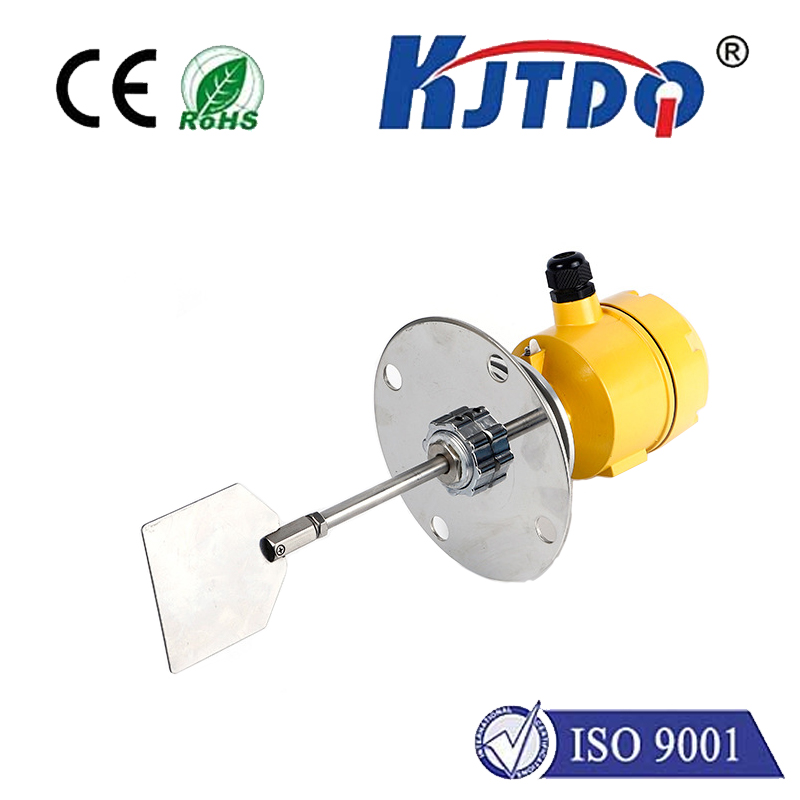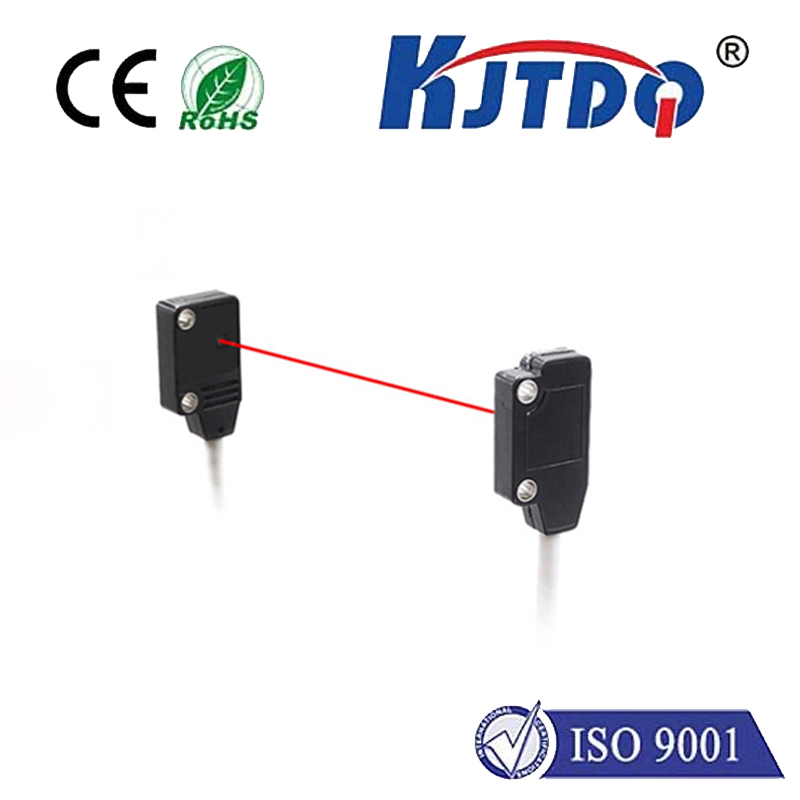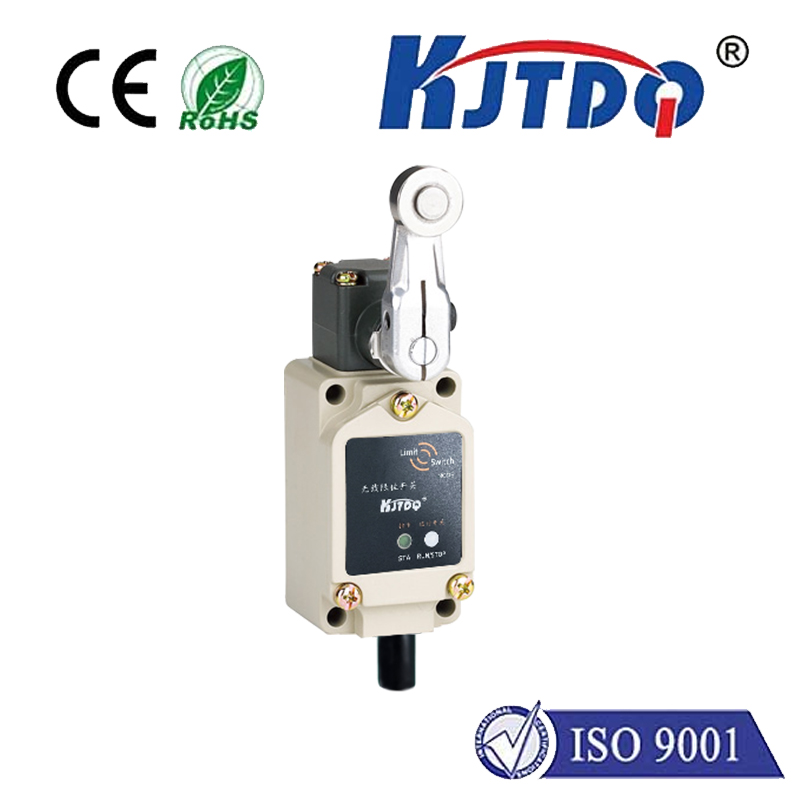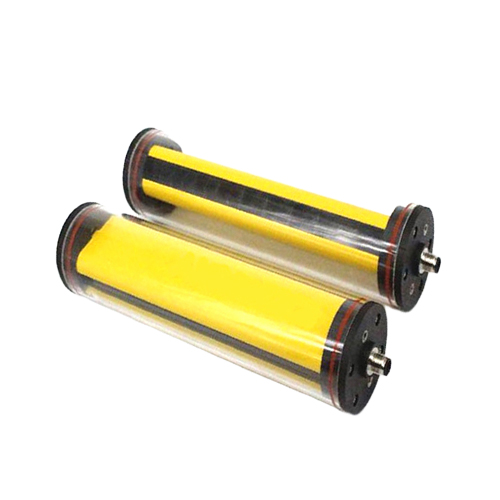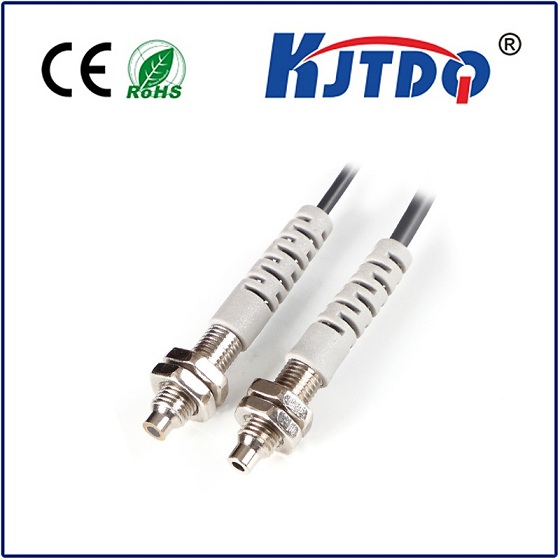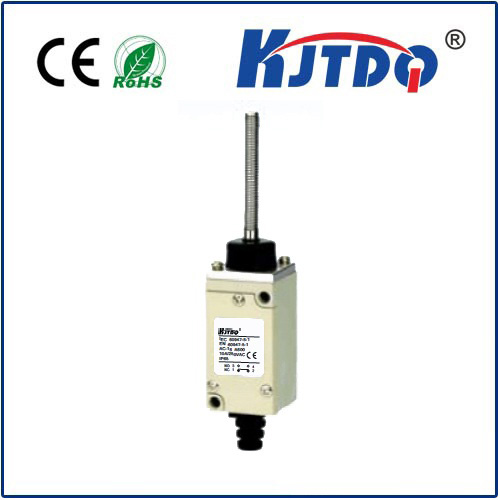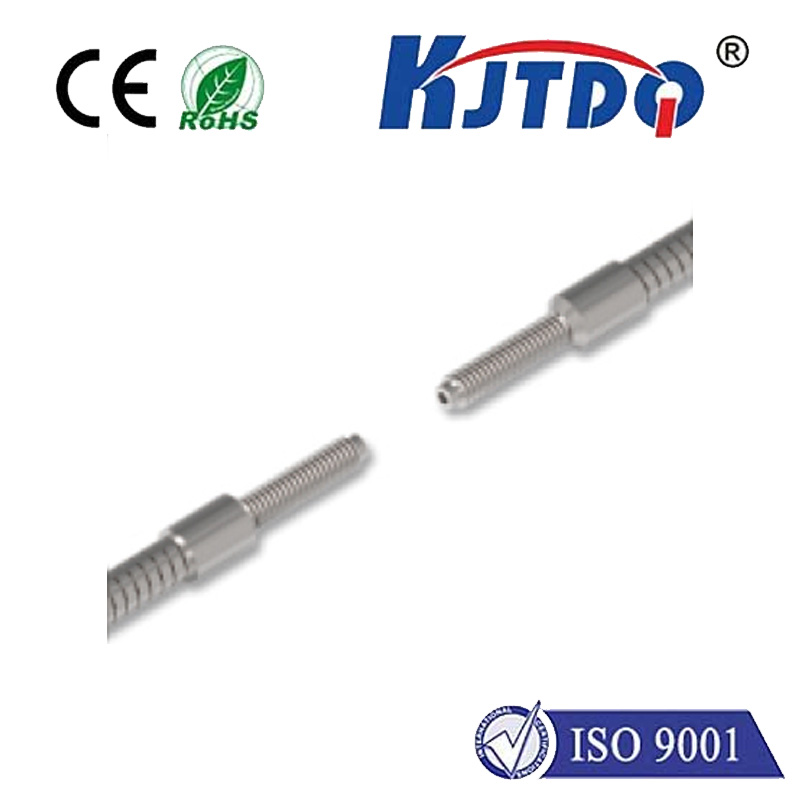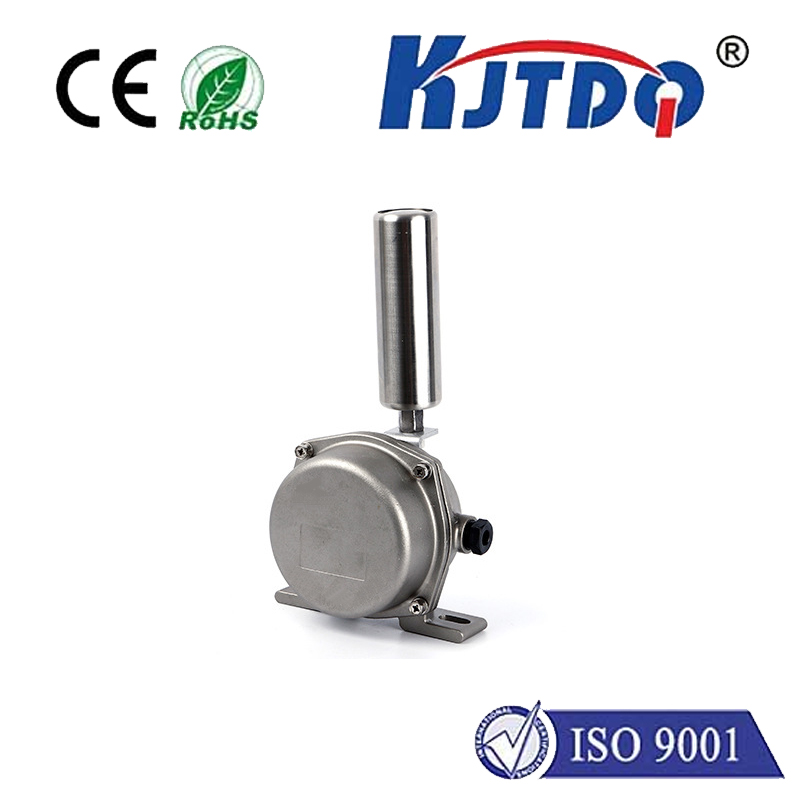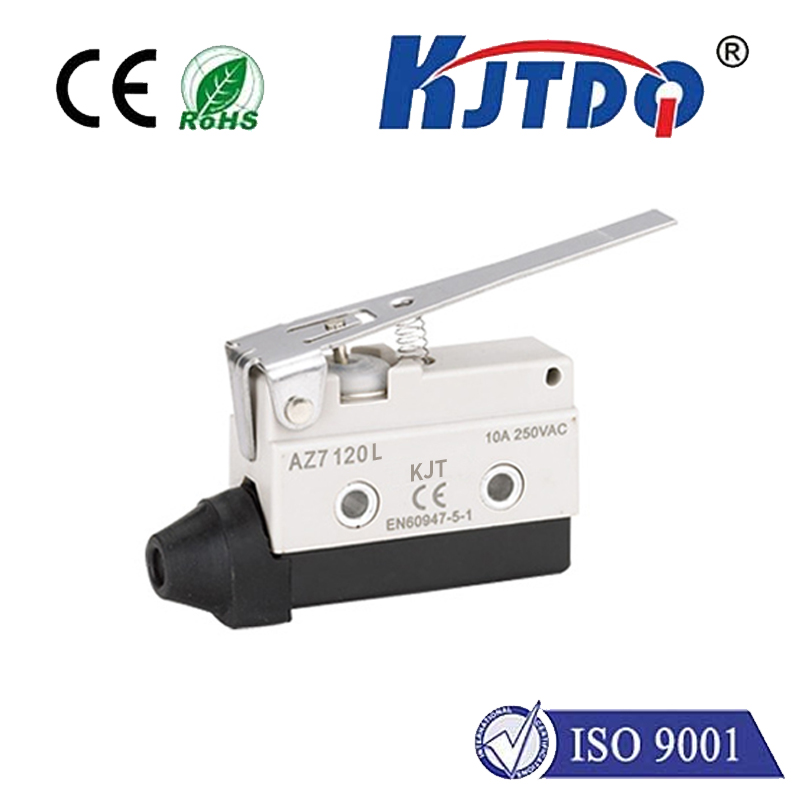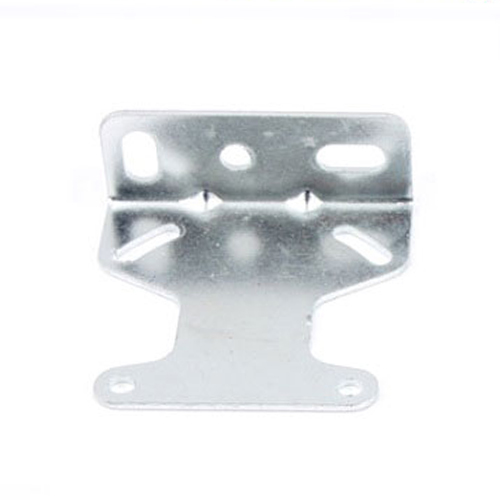micro switch normally closed
- time:2025-08-06 10:48:09
- Click:0
Understanding Normally Closed Micro Switches: The Unsung Safety Heroes
You press the emergency stop button on heavy machinery. You open the microwave door mid-cycle. You ensure your washing machine lid is fully closed before it spins. In these critical moments where safety or precise operation is paramount, a tiny but vital component is likely at work: the Normally Closed (NC) Micro Switch. Despite their miniature size, NC micro switches play an indispensable role in countless applications, acting as silent guardians against danger and ensuring devices function only when conditions are safe and correct.
Decoding the “Normally Closed” Status
The core concept lies in the terminology. A micro switch is a compact, sensitive, snap-action switch designed to be actuated by very small physical forces, often through a plunger, lever, or roller mechanism. The defining feature of a normally closed micro switch is its default electrical state when no external force (actuation) is applied to its button or lever:
- At Rest = Circuit Closed: In its unactuated, neutral position, the switch’s internal contacts are closed. This means electrical current flows freely between its common © and normally closed (NC) terminals, completing a circuit path. Think of it as a “closed door” allowing current to pass.
- Actuated = Circuit Opened: When the actuator (plunger, lever, etc.) is pressed or moved beyond its operating point (characterized by the switch’s snap-action mechanism), the internal contacts open. This interrupts the current flow between the C and NC terminals, breaking the circuit. The “closed door” swings shut, blocking the path.
Contrast this with its counterpart, the Normally Open (NO) micro switch, which operates inversely: open circuit at rest, closed circuit when actuated.
The Internal Mechanism: Precision in Miniature

The snap-action inside a micro switch is key to its reliability and long life. It utilizes a spring-loaded metal dome or leaf spring configuration. This spring is carefully calibrated to provide a distinct, rapid “snap” movement between the open and closed states. The benefits are significant:
- Fast Switching: Prevents arcing and contact damage, enhancing durability, especially under high electrical loads.
- Clear State Definition: Eliminates ambiguous intermediate positions – the switch is definitively either open or closed.
- Operational Consistency: Provides a consistent force requirement and point of actuation/release (known as operating point and release point, often with some hysteresis).
Why Choose Normally Closed? The Core Advantages
The unique state behavior of NC micro switches makes them particularly valuable in specific scenarios:
- Fail-Safe Operation: This is the most critical advantage. In safety systems, the primary goal is often to initiate a shutdown or alarm condition if the switch fails or the actuating mechanism fails.
- Safety Example: An E-stop button uses an NC micro switch. Pressing the button physically breaks (opens) the circuit, stopping the machine. Crucially, if the switch itself breaks internally, or the wiring connecting it fails (e.g., a wire snaps), the circuit also opens. This inherent design ensures that a failure results in a safe condition – the machine stops. An NO switch might fail silently and dangerously in a closed state.
- Positive Confirmation of Default State: NC switches are ideal for confirming that a mechanism is in its home, resting, or secured position. For instance:
- Door/Guard Monitoring: Machine safety guards must be closed for operation. An NC switch confirms closure (circuit closed) = safe to operate. Opening the guard opens the switch, breaking the circuit and stopping the machine.
- Limit Detection: Confirming a moving part (like a valve or actuator) has fully returned to its starting position.
- Level Sensing: Ensuring a tank lid is securely fastened.
- Continuous Monitoring: An NC circuit constantly monitors the state of the actuator. Any interruption (actuation or failure) is immediately detected as an open circuit, triggering the programmed response.
Where You’ll Find Normally Closed Micro Switches in Action
Their reliability and fail-safe nature make NC micro switches ubiquitous:
- Industrial Safety Systems: Emergency stops, safety door interlocks, gate guards on robots and CNC machines, light curtains.
- Appliances: Microwave door interlocks (stops magnetron), washing machine/dishwasher lid switches (prevents operation when open), refrigerator door lights (light off when door closed).
- Automotive: Brake light switches (lights on when pedal pressed/open circuit), door dome lights, hood/trunk ajar sensors.
- Elevators & Access Control: Door sensors confirming closure for safe operation.
- HVAC Systems: Airflow sensors (damper position), filter presence detection.
- Vending Machines: Door sensors, product chute sensing.
- Medical Equipment: Safety covers, position confirmation.
Selecting the Right Normally Closed Micro Switch
Choosing an appropriate NC micro switch involves several key factors:
- Electrical Ratings: Ensure the switch can handle your circuit’s Voltage (AC/DC) and Current requirements (both normal load and potential inrush currents) with a safety margin.
- Actuation Type: Select the actuator (pin plunger, leaf lever, roller lever, simulated roller lever) best suited to the physical interaction with the target object (e.g., a door edge, a moving part, a button press).
- Operating Force & Travel: The force needed to actuate the switch and the distance the actuator must move. Critical for sensitive applications or precise positioning.
- Durability (Mechanical & Electrical Lifespan): Rated number of operating cycles under specific load conditions. Industrial environments demand higher ratings.
- Environmental Protection: Consider IP ratings for dust and moisture resistance (e.g., IP67 for washdown areas), and temperature range tolerance.
- Terminal Type: Options include solder terminals, quick-connect tabs, or screw terminals depending on installation needs.
- Mounting Requirements: Size, shape, and mounting hole pattern must fit your application space.
Conclusion: The Power of the Default Closed State
The normally closed micro switch is a fundamental electronic component designed for reliability and safety. Its defining trait – completing a circuit when at rest and opening it upon actuation – makes it the go-to choice for fail-safe systems, positive position verification, and continuous monitoring applications. From preventing industrial accidents by halting machinery when a guard is open to ensuring your microwave doesn’t operate with the door ajar, these compact switches perform critical tasks reliably and silently. Understanding their unique “default closed” behavior is key to deploying them effectively wherever safety and dependable state confirmation are non-negotiable requirements.






